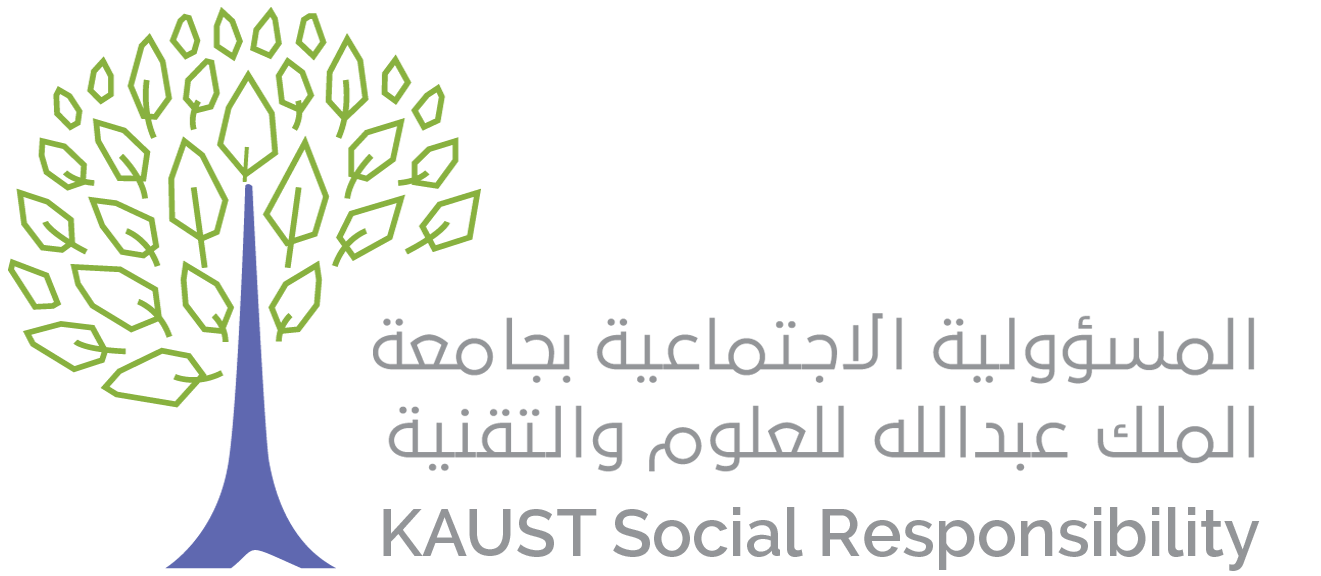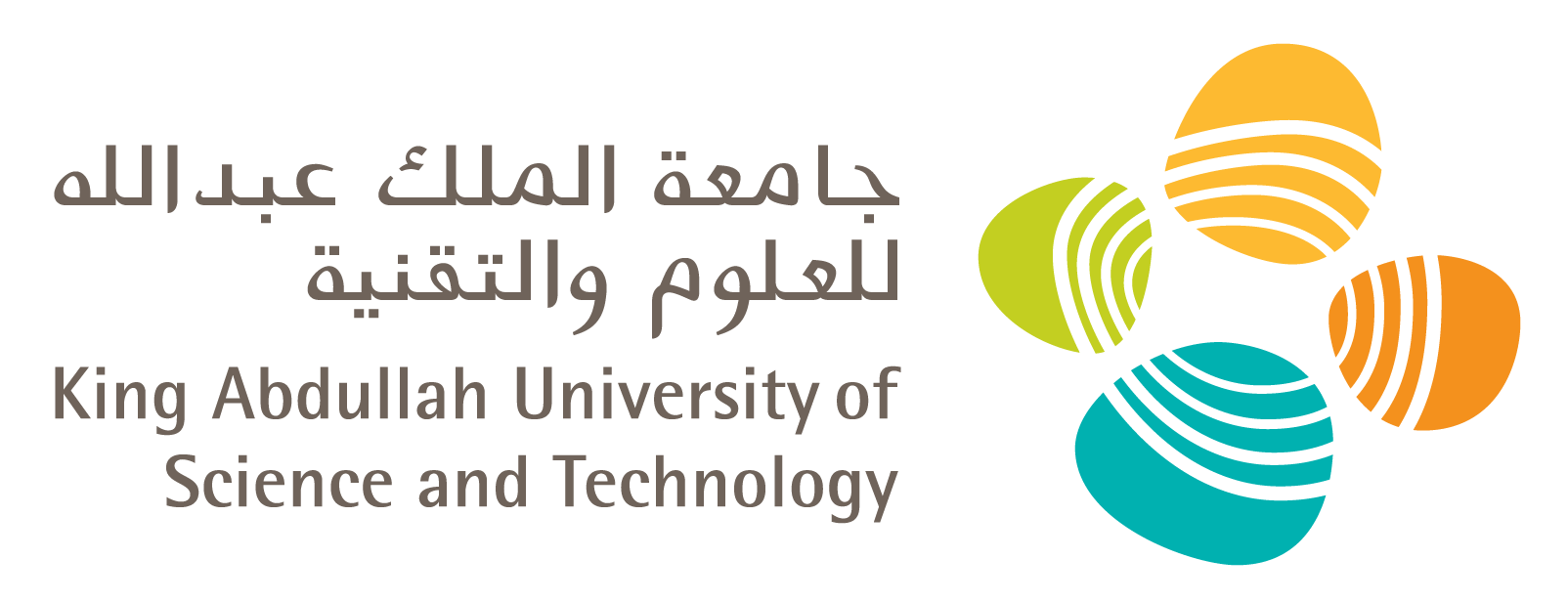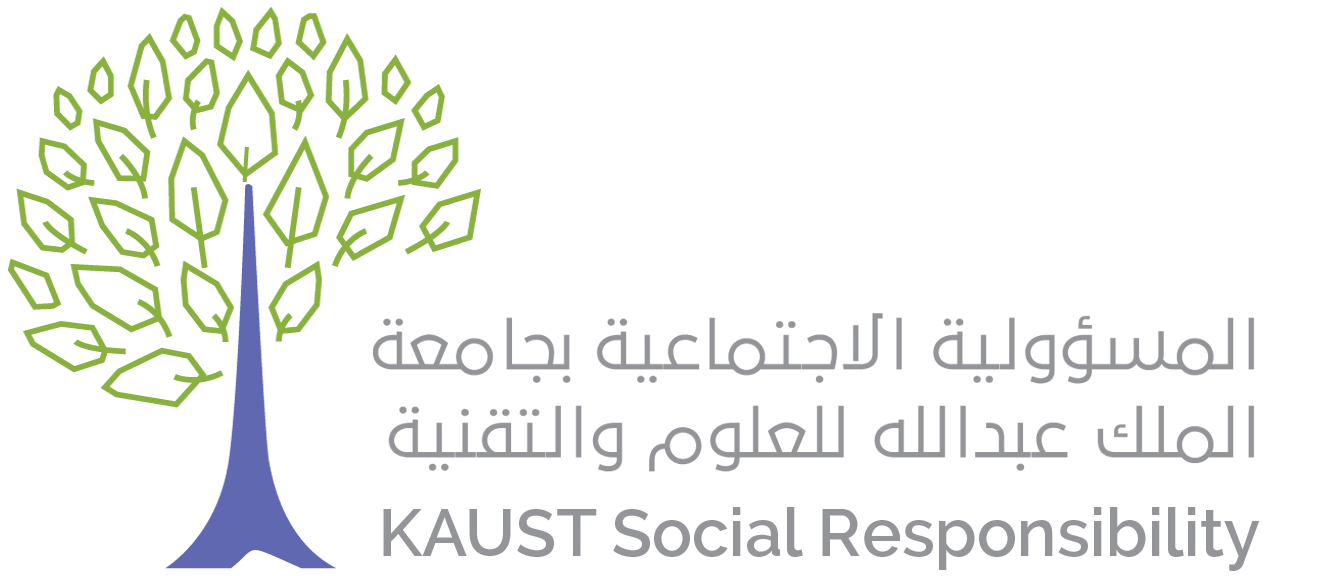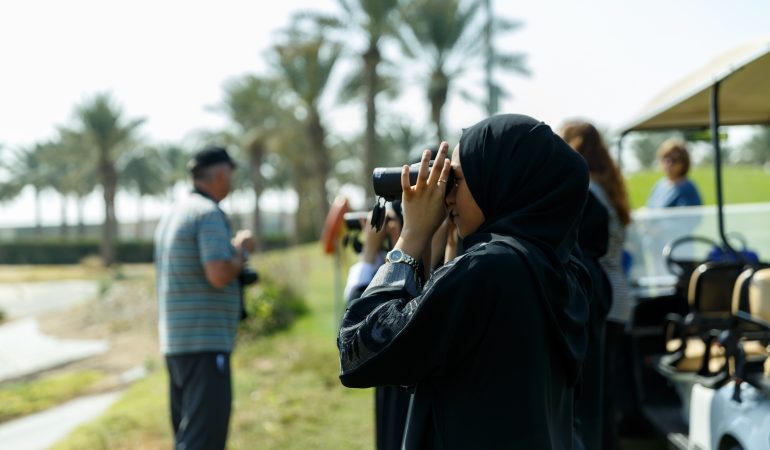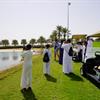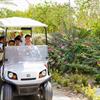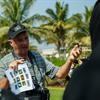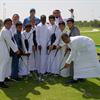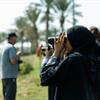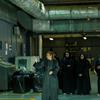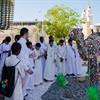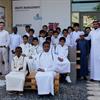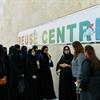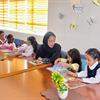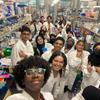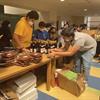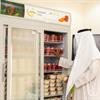Social Responsibility has been coordinating a series of Environmental activities working with Thuwal pupils as part of its Young Learners’ Development Program. Over two days in February, 46 students from the Intermediate and Secondary Schools in Thuwal visited KAUST for two events – a biodiversity tour at Safaa Golf Club and an informative walk through the Recycling and Reuse Centre.
Brian James, Biodiversity Conservation Co-ordinator with KAUST Health, Safety & The Environment guided the students around the grassy oasis of Safaa Golf Club for an interesting insight in to aspects of biodiversity at the golf club. The group learned how the golf club acts as a magnet for wildlife, with the wide range of birds the most apparent. Some of the birds are resident in the local area and have adapted to living in KAUST, one being the beautiful Ruepell’s Weaver. The students were able to observe a colony of nests and several birds visiting them. Brian amused the group highly with his description of their nest construction: “The brightly coloured male builds the nest, taking about two days to complete it, before presenting it to his ‘girlfriend’ for inspection. She may accept it and breeding begins but often she pulls the nest down and the hapless male must begin again. She will not place her eggs into the nest until she is happy with its quality.”
Brian explained that this area is on a major bird migratory route with over 150 species stopping here to rest and refuel on their long journeys. Most of the birds have spent the cold northern winter in Africa and are returning to locations across Eastern Europe and Central Asia to breed. The students speculated on how they might find their way and were surprised to learn that, in some species, almost half the birds die on their first migration.
During the tour the students visited several different habitats at the golf club and saw a variety of plants and different insects including moths, butterflies, bees and dragonflies. Some of the birds seen included: Great Cormorant, Glossy Ibis, Grey Heron, Night Heron, Steppe Buzzard, Spur-winged Plover, Redshank, Common Sandpiper, Laughing Dove, Collared Dove, Hoopoe, White Wagtail, Black Bush Robin, White-spectacled Bulbul, Common Myna, and, of course, Ruepell’s Weaver.
Visiting the Recycling and Reuse Center was something of a contrast to the golf course but just as informative. Operated by waste management specialists Averda, many of us pass the Recycling Center daily, its immaculate exterior giving no indication of what goes on behind the scenes. The only clue is the ‘Can-el’ sculpture, and the tables and benches made from recycled materials. The visiting students and teachers were given a comprehensive tour of the Center, gaining a thorough understanding of the process that household waste moves through from collection outside residents’ houses to final destination. Ghadeer Nassier from Averda explained how KAUST community members are encouraged to presort their waste into the three bins provided for organic, clean recycling and non-recyclable. The immaculate processing center contains a variety of machines that prepares a range of waste for recycling including a shredder for confidential papers and compactors for paper, cardboard and plastic. Averda is facilitating a KAUST initiative for transforming used cooking oil into biodiesel – each household has been issued with a container to collect their used cooking oil and this is collected with the household waste and transferred to a central tank, together with all the used cooking oil from KAUST food outlets, at the Recycling Center.
Many of the students commented that they are more inspired to recycle now that they understand the process. Thank you to Ghadeer Nassier, Jean Claude Baachalani and the rest of the Averda team for their assistance in co-ordinating the Recycling Center visits.
Thank you also to Brian James for the informative and entertaining exploration of the environment at the golf club, enabling the students to identify the wildlife they may see in and around KAUST and Thuwal.
Want to know more about the various birds at KAUST? Then follow Brian’s blog, KAUST Birding, that offers weekly updates on the comings and goings of the winged residents of KAUST.
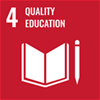

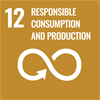
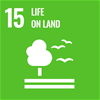
Part of the Young Learners' Development Program - read the Program Overview here
- April 16, 2018
